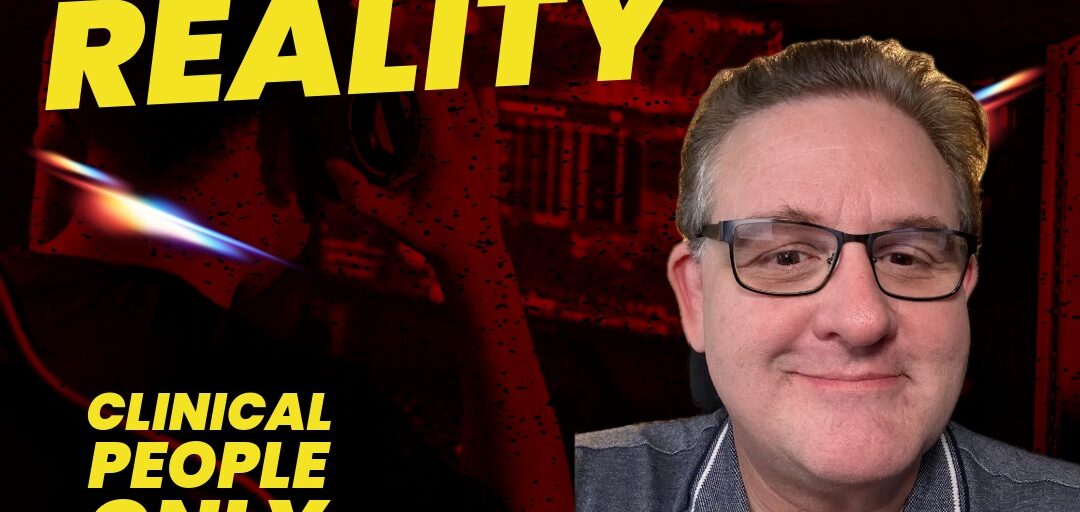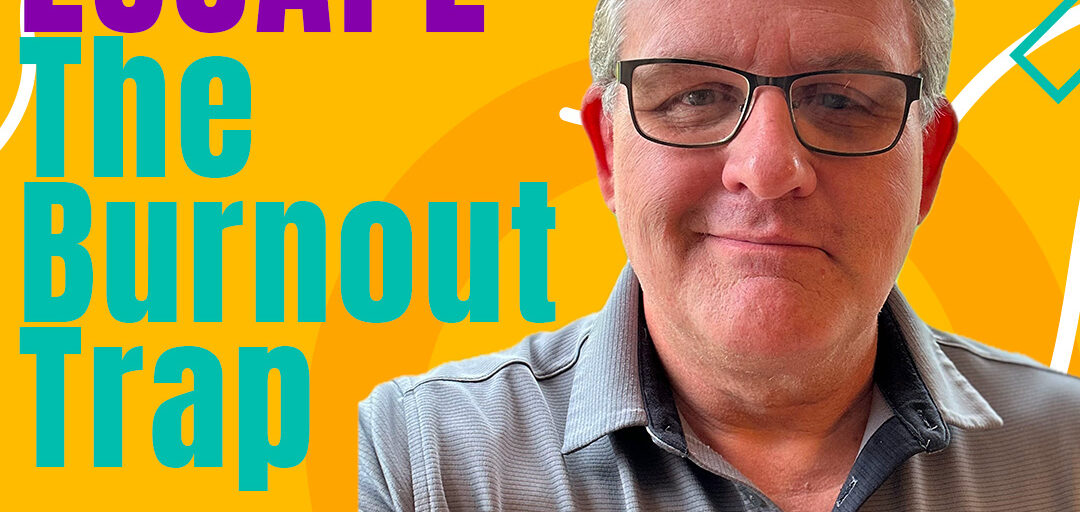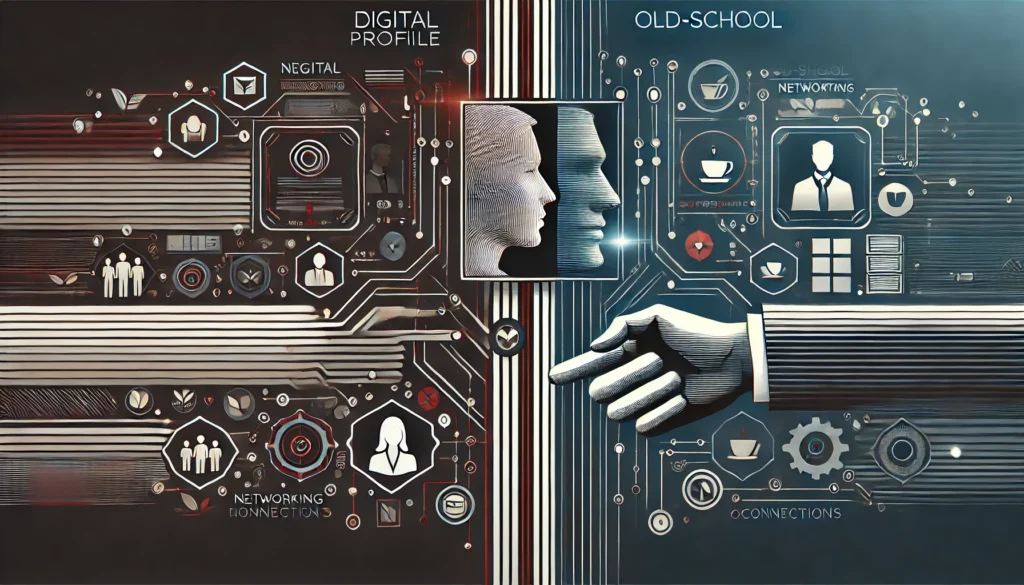Leapfrog Healthcare: Global Impact Opportunities for Clinical Professionals
Written by Rod on October 13, 2025
What if your clinical expertise could help design healthcare systems that serve millions of people more effectively than traditional Western models? Right now, countries like Pakistan are demonstrating the power of leapfrog healthcare – bypassing decades of expensive, inefficient development to implement digital-first solutions that actually work better for human flourishing. This leapfrog healthcare revolution creates unprecedented opportunities for clinical professionals to apply their knowledge on a global scale, designing systems that avoid the development traps that plague Western healthcare while creating impact that serves generations.
The Leapfrog Revolution in Healthcare
The concept of technological leapfrogging isn’t new. We’ve seen countries skip landline telephone infrastructure and jump directly to mobile networks. We’ve watched nations bypass traditional banking and implement mobile payment systems that work better than Western credit card networks.
Now healthcare is experiencing the same leapfrog revolution. Countries like Pakistan can bypass the expensive, inefficient healthcare infrastructure that developed nations built over decades and implement digital-first systems that serve patients better while costing dramatically less.
The Pakistan Opportunity: With 230 million people and a healthcare system that faces significant resource constraints, Pakistan represents the perfect environment for demonstrating that better healthcare doesn’t require copying Western development patterns.
What Pakistan Is Teaching the World
Working with Pakistani healthcare stakeholders has revealed insights that challenge everything Western healthcare systems assume about development priorities:
Digital-First Primary Care: Instead of building expensive brick-and-mortar clinics in every village, Pakistan is implementing AI-powered diagnostic tools that enable community health workers to provide sophisticated medical assessments using smartphones and portable devices.
Telemedicine at Scale: Rural areas that would never have access to specialist physicians can now receive expert consultations through telemedicine platforms that connect local health workers with urban medical centers.
Preventive Care Through Technology: Rather than building expensive treatment facilities, Pakistan is investing in digital health platforms that prevent disease through early detection, health education, and lifestyle intervention programs.
Data-Driven Public Health: Mobile health data collection enables real-time disease surveillance and intervention that surpasses what many developed nations achieve with their legacy systems.
The Western Healthcare Development Trap
The traditional healthcare development model followed by Western nations created systems that are expensive, inefficient, and often counterproductive:
Infrastructure Heavy: Building hospitals, clinics, and specialty centers requires massive capital investment with limited geographic reach.
Treatment Focused: Western systems evolved to treat diseases after they develop rather than preventing illness in the first place.
Provider Dependent: Traditional models require large numbers of highly trained medical professionals who are expensive to educate and often unavailable in underserved areas.
Technology Resistant: Legacy healthcare systems struggle to integrate new technologies because they’re built around outdated workflows and infrastructure.
Pakistan has the opportunity to avoid these development traps entirely by implementing systems designed for the digital age from the beginning.
The Digital Health Leapfrog Strategy
My work with Pakistani stakeholders focuses on implementing healthcare solutions that bypass traditional development phases:
Phase 1: Mobile Health Infrastructure Instead of building physical health centers, Pakistan is creating virtual health infrastructure through mobile networks that reach every corner of the country. Community health workers equipped with smartphones can provide diagnostic capabilities that rival urban hospitals.
Phase 2: AI-Powered Diagnostics Rather than training thousands of specialist physicians, Pakistan is implementing AI diagnostic tools that enable basic health workers to provide expert-level assessments for common conditions. This democratizes specialized medical knowledge.
Phase 3: Preventive Care Networks Instead of building expensive treatment facilities, Pakistan is creating digital networks that identify health risks early and provide interventions before expensive treatment becomes necessary.
Phase 4: Data Integration Systems Pakistan is implementing health data systems that provide real-time population health insights, enabling evidence-based policy decisions that Western countries struggle to achieve with their fragmented legacy systems.
The Impact Multiplication Effect
The leapfrog approach creates impact that scales exponentially beyond traditional healthcare development:
Geographic Reach: Digital health solutions can serve rural populations that would never have access to traditional healthcare infrastructure.
Cost Effectiveness: Mobile health interventions cost a fraction of building and staffing traditional healthcare facilities while often providing superior outcomes.
Speed of Implementation: Digital health systems can be deployed rapidly across large populations, creating immediate impact rather than waiting decades for infrastructure development.
Adaptability: Technology-based healthcare systems can evolve and improve continuously, unlike physical infrastructure that becomes obsolete and requires replacement.
Real-World Leapfrog Examples
The projects I’m supporting in Pakistan demonstrate how leapfrog healthcare creates tangible results:
Rural Diagnostic Networks: Community health workers using portable ultrasound devices connected to AI diagnostic platforms can identify pregnancy complications, heart conditions, and other serious health issues in villages that have never had access to medical imaging.
Mobile Maternal Health: Pregnant women in remote areas receive prenatal care through telemedicine consultations and AI-powered risk assessments that rival the quality of care available in urban medical centers.
Digital Disease Surveillance: Real-time health data collection through mobile platforms enables rapid identification and response to disease outbreaks, creating public health capabilities that surpass many developed nations.
AI-Enhanced Emergency Response: Emergency medical services guided by AI triage systems can provide life-saving interventions in areas that previously had no emergency medical capabilities.
The Global Health Implications
Pakistan’s leapfrog healthcare development has implications that extend far beyond national borders:
Scalable Solutions: Digital health innovations developed for Pakistan’s resource-constrained environment often work better in developed nations than the expensive legacy systems they replace.
Cost Reduction Models: Healthcare solutions that work effectively in Pakistan’s budget environment provide blueprints for reducing healthcare costs globally.
Universal Access Principles: Pakistan’s focus on reaching underserved populations creates healthcare delivery models that address equity challenges in all healthcare systems.
Innovation Acceleration: The necessity of creating effective solutions with limited resources drives innovations that benefit global healthcare development.
Why Western Healthcare Should Pay Attention
The most striking aspect of Pakistan’s healthcare leapfrog strategy is how it solves problems that Western healthcare systems have struggled with for decades:
Access Equity: Digital health platforms provide consistent quality care regardless of geographic location or economic status.
Cost Control: Technology-enabled healthcare delivers better outcomes at dramatically lower costs than traditional infrastructure-heavy approaches.
Preventive Focus: Digital health systems naturally emphasize prevention because treating disease through technology is more efficient than building treatment facilities.
Data Integration: New healthcare systems can be designed with data integration from the beginning, avoiding the interoperability challenges that plague Western healthcare.
The Professional Opportunity in Leapfrog Healthcare
Working on leapfrog healthcare projects creates unique professional opportunities that don’t exist in traditional healthcare development:
Global Impact Scope: Your clinical expertise can influence healthcare delivery for millions of people across multiple countries and health systems.
Innovation Leadership: Leapfrog projects require creative problem-solving and innovation rather than implementing established protocols and procedures.
Cross-Cultural Competency: Working with international healthcare stakeholders develops cultural understanding and communication skills that enhance your professional value globally.
Technology Integration: Leapfrog healthcare projects require understanding both clinical needs and technological capabilities, developing expertise that’s increasingly valuable worldwide.
The Personal Fulfillment Factor
Contributing to leapfrog healthcare development creates professional fulfillment that traditional healthcare roles often can’t provide:
Systemic Impact: Instead of treating individual patients, you’re designing healthcare systems that will serve populations for generations.
Innovation Participation: You’re part of creating new solutions rather than implementing existing protocols and procedures.
Global Connection: Working with international teams creates relationships and understanding that enrich both professional and personal life.
Legacy Building: Leapfrog healthcare projects create lasting improvements that continue benefiting people long after your direct involvement ends.
The Implementation Challenges and Solutions
Leapfrog healthcare development isn’t without challenges, but every obstacle has proven solutions:
Technology Infrastructure: Mobile networks and internet connectivity in developing regions continue improving rapidly. Solutions can be designed to work with existing infrastructure while preparing for enhanced connectivity.
Cultural Adaptation: Healthcare technologies must respect local cultural practices and beliefs. Successful implementations involve local stakeholders in design and deployment processes.
Training and Adoption: Community health workers require training on new technologies. However, digital health tools can be designed to be intuitive and supported by comprehensive training programs.
Regulatory Frameworks: Developing nations often have more flexible regulatory environments that can accommodate innovative healthcare solutions more readily than established Western systems.
Your Role in Global Healthcare Transformation
The leapfrog healthcare revolution needs clinical professionals who understand that better healthcare doesn’t require copying Western development patterns:
Clinical Validation: Healthcare technologies need clinical professionals to ensure they serve real patient needs rather than just technical specifications.
Implementation Guidance: Successful leapfrog projects require understanding how healthcare actually operates in resource-constrained environments.
Cultural Bridge Building: Clinical professionals who can work effectively across cultural and economic differences are essential for successful international healthcare development.
Innovation Design: Creating healthcare solutions for leapfrog environments requires clinical insight combined with creative problem-solving.
The Leapfrog Mindset
Working on leapfrog healthcare projects requires a fundamental mindset shift from traditional healthcare development:
From Replication to Innovation: Instead of copying successful Western models, leapfrog development creates new solutions that work better for specific environments and constraints.
From Infrastructure to Access: Rather than building facilities, leapfrog approaches focus on reaching people wherever they are with whatever technology is available.
From Treatment to Prevention: Leapfrog healthcare emphasizes preventing disease and maintaining health rather than building expensive treatment capabilities.
From Local to Global: Solutions developed for specific environments often have global applications that benefit healthcare worldwide.
The Future of Global Healthcare Development
Pakistan’s leapfrog healthcare strategy represents the future of how healthcare systems will develop globally:
Technology-First Development: New healthcare systems will be designed around digital capabilities from the beginning rather than adding technology to existing infrastructure.
Prevention-Focused Models: Healthcare systems will emphasize keeping people healthy rather than treating illness after it develops.
Universal Access Principles: Digital health platforms will provide consistent quality care regardless of geographic or economic barriers.
Rapid Innovation Cycles: Healthcare systems will evolve continuously through technology updates rather than waiting for infrastructure replacement cycles.
The Choice That Creates Global Impact
You can continue working within traditional healthcare systems that serve limited populations with expensive, inefficient models. Or you can participate in creating healthcare solutions that serve millions of people more effectively while costing dramatically less.
The Pakistan Example: The work we’re doing in Pakistan demonstrates that clinical expertise applied to leapfrog healthcare development can create impact that surpasses anything traditional healthcare models achieve.
The Global Opportunity: Every developing nation faces similar healthcare challenges that require leapfrog solutions. Your clinical expertise is needed to ensure these solutions actually serve human health rather than just technical objectives.
The Legacy Question: Do you want to spend your career maintaining existing healthcare systems, or do you want to create healthcare solutions that will serve humanity for generations?
Pakistan is proving that better healthcare doesn’t require copying Western development patterns. They’re creating something better by learning from our mistakes and jumping directly to solutions that actually work.
Your clinical expertise could be the key to scaling these leapfrog healthcare innovations globally. The question isn’t whether you’re qualified for this transformation—it’s whether you’re ready to help create healthcare systems that serve human flourishing rather than just medical industrial complex expansion.
Are you ready to discover what your clinical expertise can accomplish when it’s not limited by Western healthcare development assumptions? The leapfrog healthcare revolution needs clinical professionals who understand that the greatest impact comes from creating solutions that serve everyone, not just those who can afford traditional healthcare.
References
[1] Digital Health Leapfrogging in Developing Nations. World Health Organization. https://www.who.int/digital-health-leapfrogging
[2] Mobile Health Innovation in South Asia. USAID Digital Health Initiative. https://usaid.gov/digital-health-south-asia
[3] Healthcare Technology Transfer and Innovation. Gates Foundation Global Health Program. https://gatesfoundation.org/healthcare-technology-transfer
[4] Telemedicine Implementation in Resource-Constrained Settings. Journal of Global Health. https://jogh.org/telemedicine-resource-constrained
[5] AI-Powered Healthcare in Emerging Markets. McKinsey Global Health Institute. https://mckinsey.com/ai-healthcare-emerging-markets




